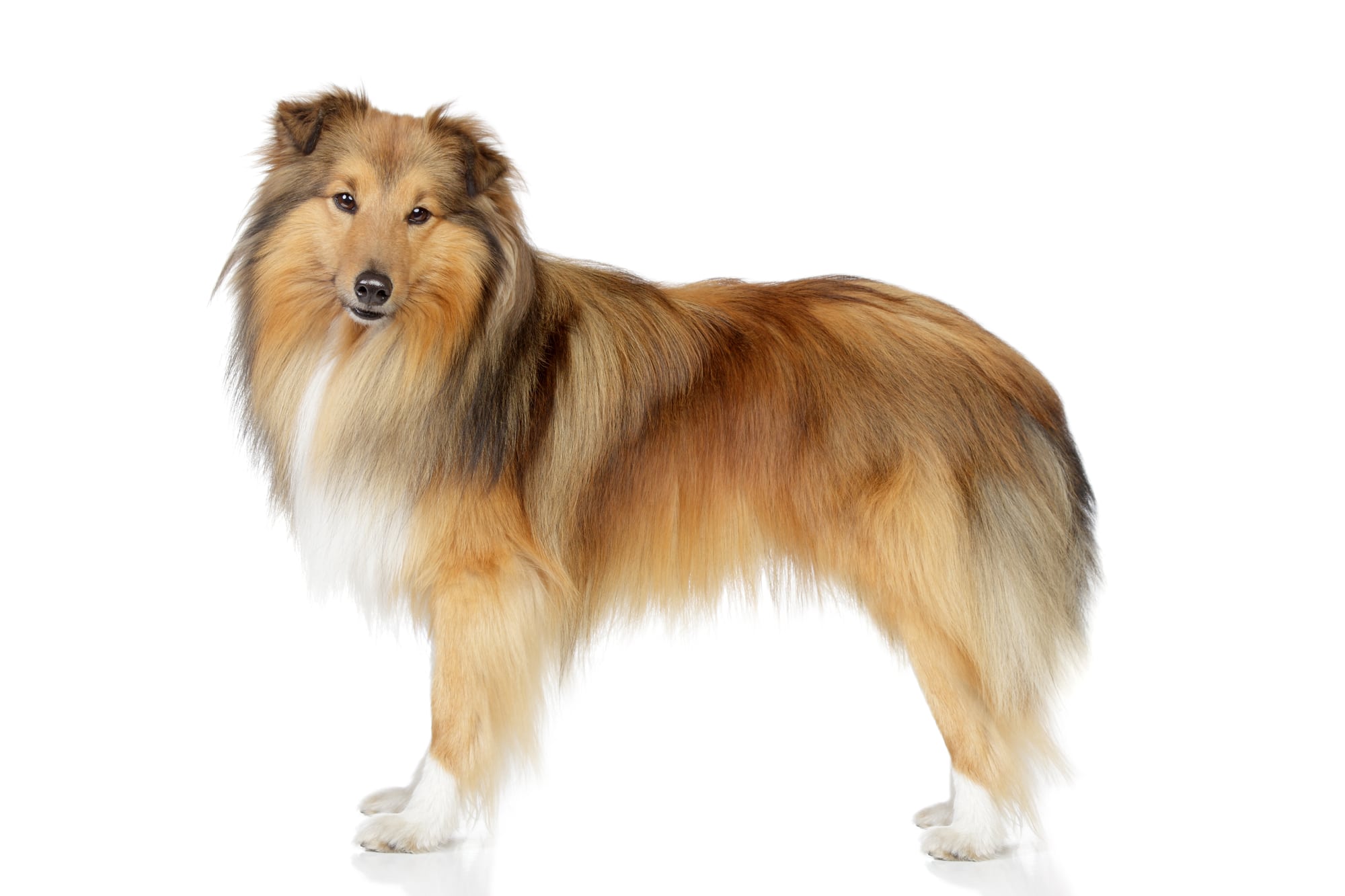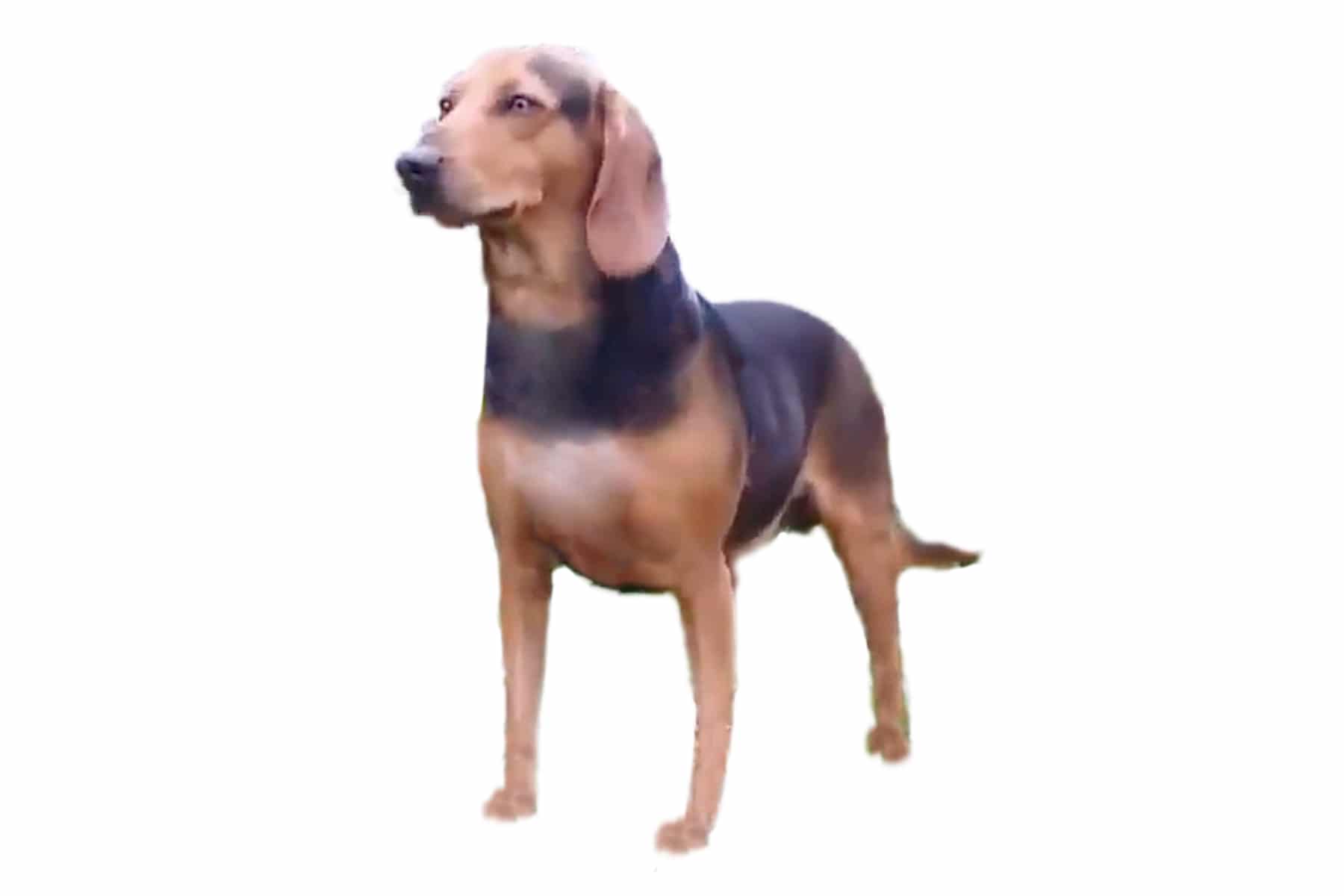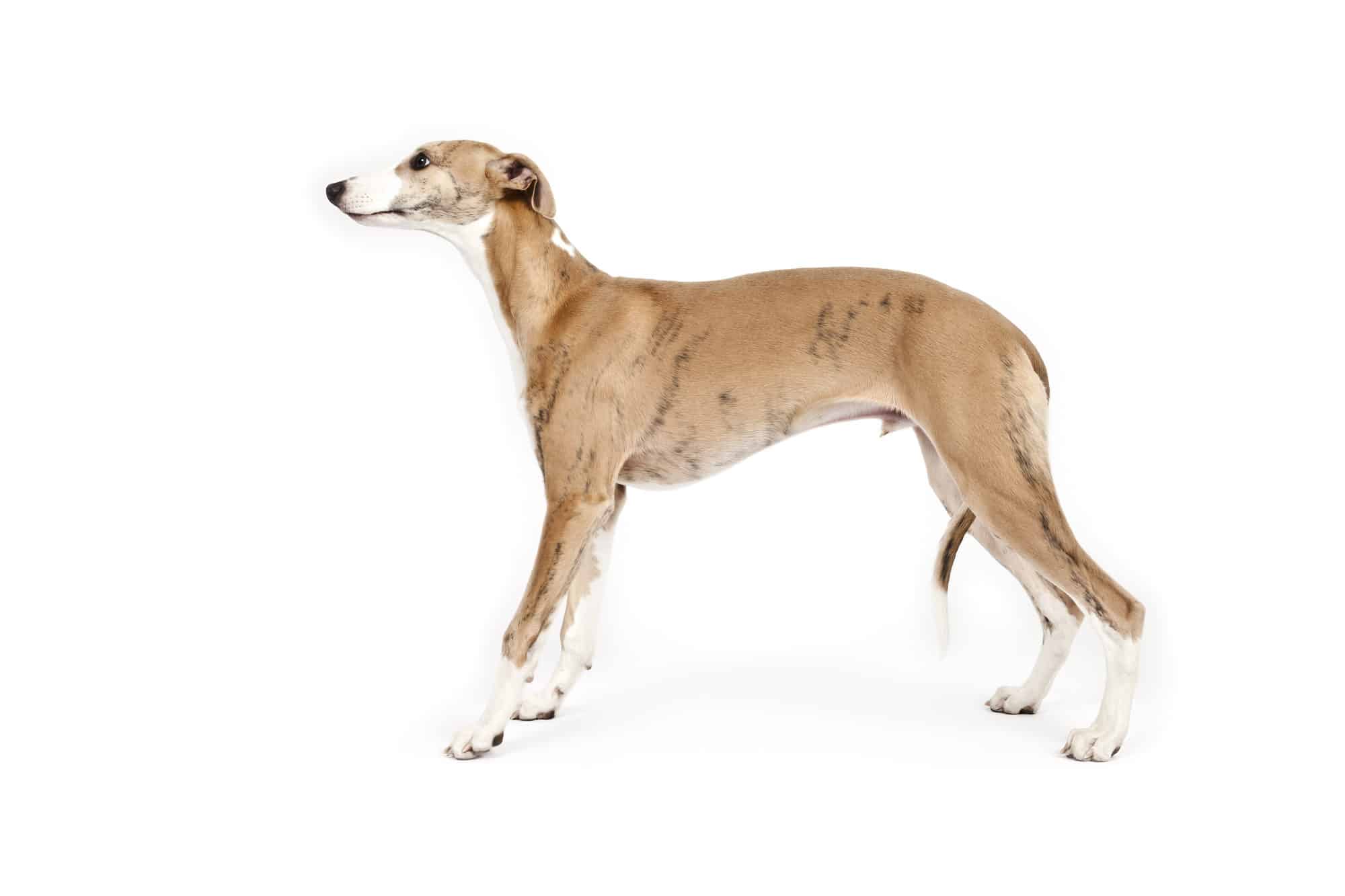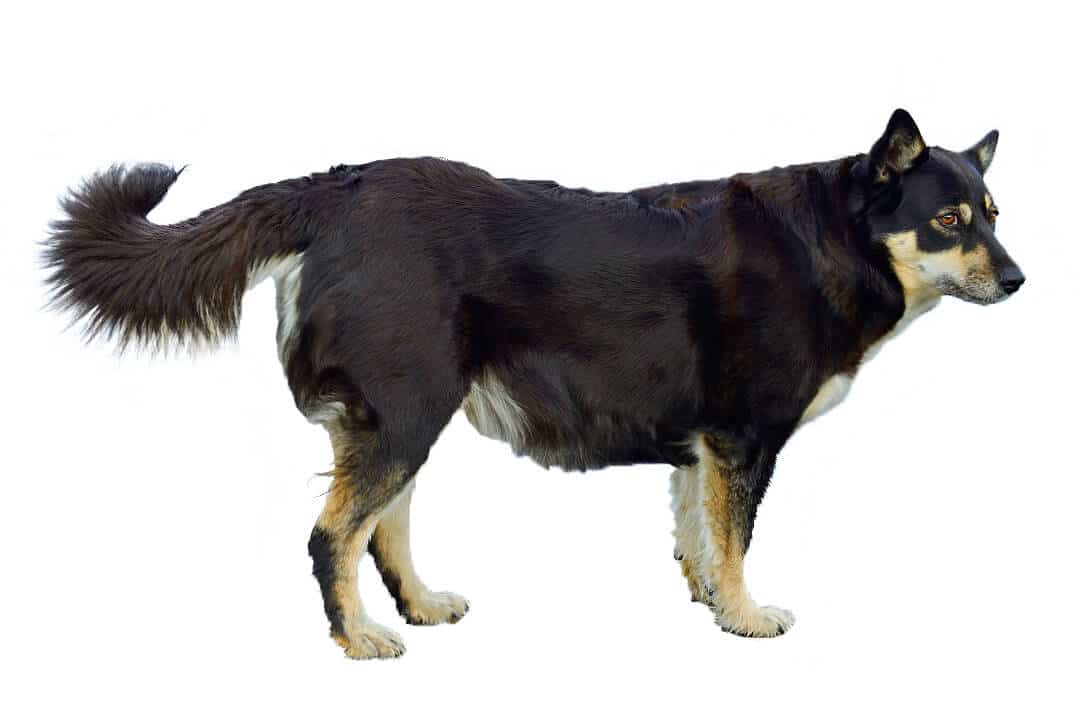Golden Retriever
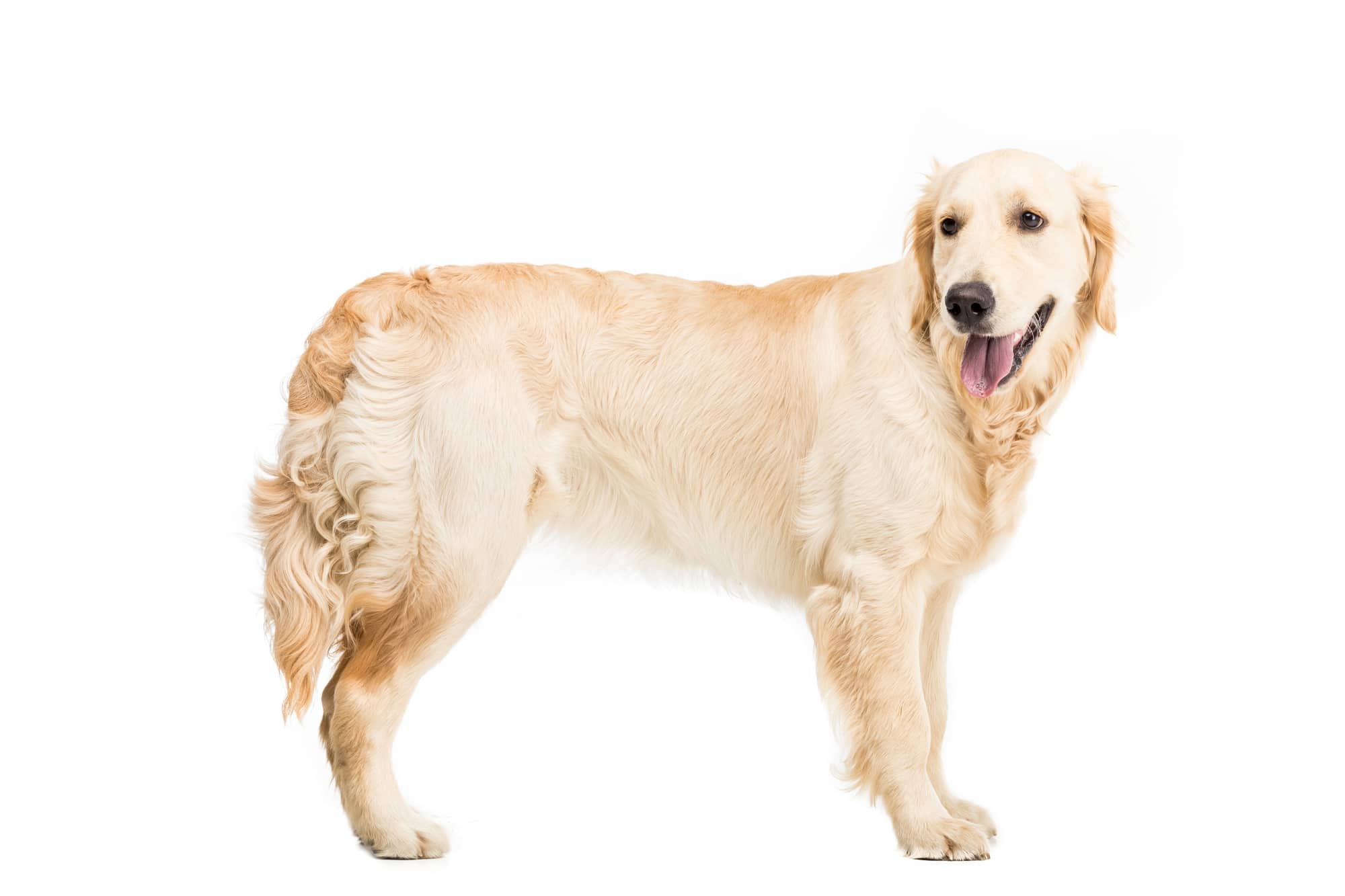
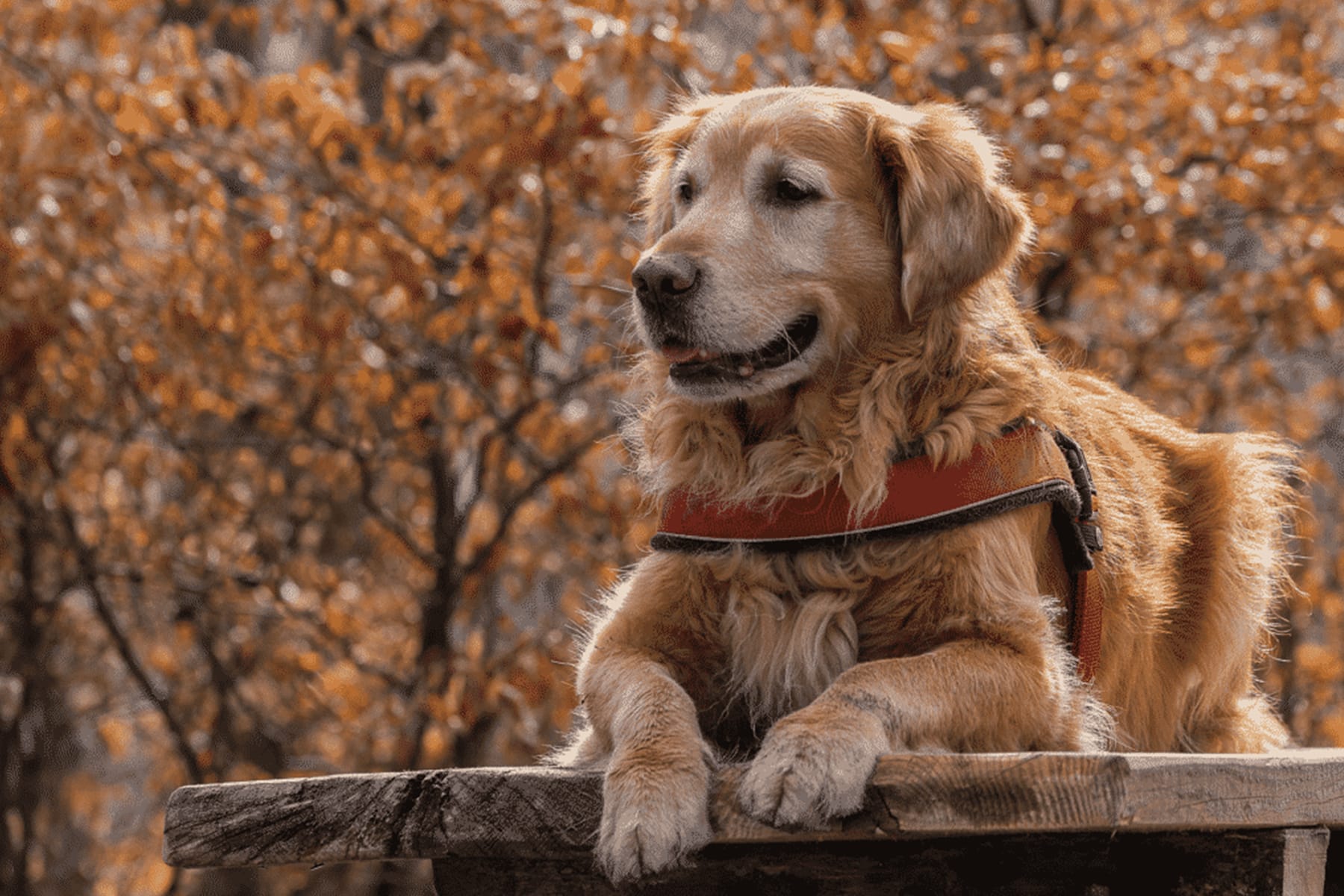
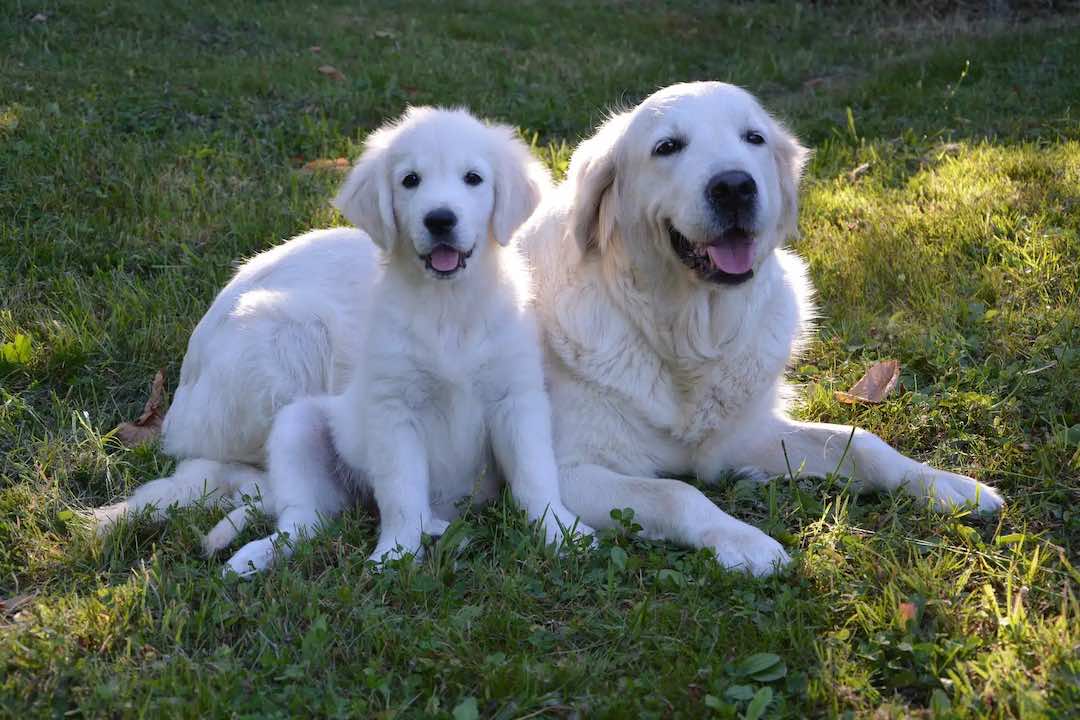
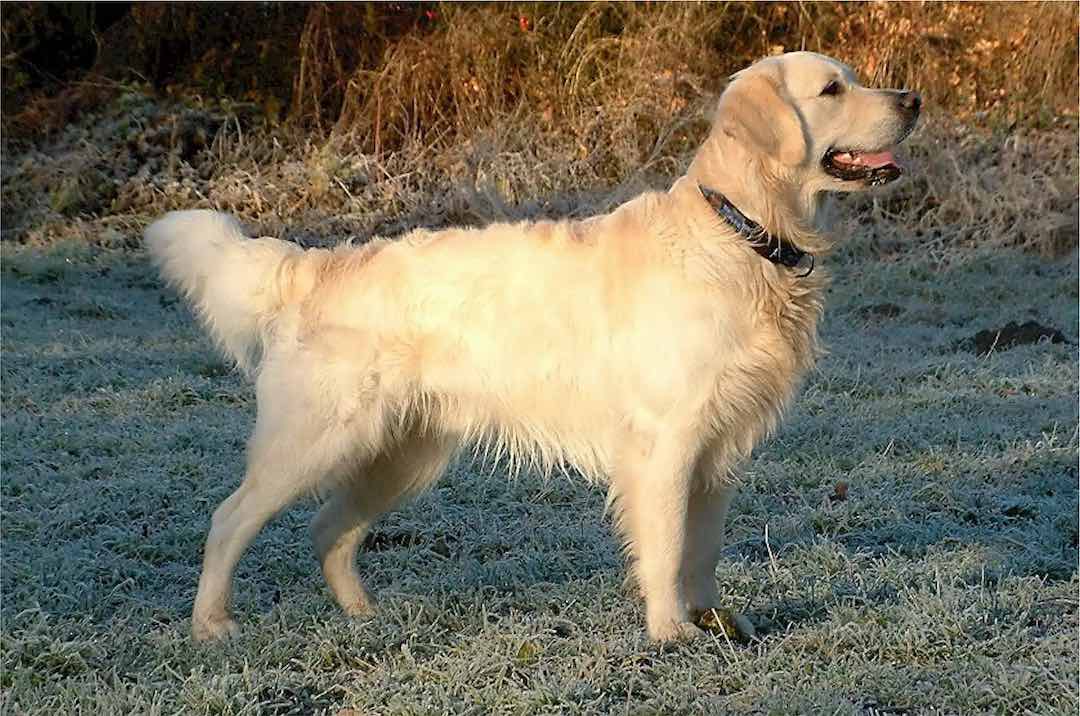
Temperament:
The Golden Retriever is a popular dog breed. It is characterized by obedience and high intelligence. It is a working dog that is not affected by extreme weather conditions. The Golden Retriever has a friendly, loving nature and is very trusting. His protective instinct is low and he is not aggressive. The retriever tends to stray easily and needs plenty of exercise and exercise.
Characteristics
The Golden Retriever is a British dog breed officially recognized by the FCI. It is medium-sized, up to 61 cm high. It is strongly built and has long, straight or wavy hair. The coat is usually golden brown or cream-colored. It is weather-resistant with a dense undercoat. It has medium-sized floppy ears, a long tail and a long muzzle.
The Golden Retriever was originally bred for hunting. Its main task was to retrieve birds. The Golden Retriever is therefore a good swimmer and loves the water.
Today, this breed is particularly suitable as a family dog. The Golden Retriever is very child-friendly. It has a balanced and compatible nature.
He shows a strong bond with his owner and is easy to handle. Due to these characteristics, the Golden Retriever can also be used as a guide dog for the disabled. However, the police also value its abilities in detecting narcotics and explosives.
Unfortunately, many Golden Retrievers suffer from certain hereditary diseases. These include elbow dysplasia and hip dysplasia in particular. Epilepsy and other hereditary diseases also occur more frequently than average in this breed. Tumor formation is also frequently diagnosed. The Golden Retriever has a life expectancy of 10 to 12 years.
Coat care:
Shedding:
Energy level:
Trainability:
Children suitable:
The right food
When choosing food, make sure that it contains high-quality ingredients, is balanced and meets your dog's requirements. Age, size or weight, activity and health status play an important role. You should follow the manufacturer's recommendations for the amount of food.
Treats should only be fed in moderation and deducted from the basic diet to avoid obesity.
Puppies can be fed 4-6 times a day. The number of meals should be gradually reduced to 2 per day until the dog is fully grown. A rest period should be observed after meals.
Fresh drinking water should be available at all times.
Health & Care
As the Golden Retriever has a long and thick coat, you should take enough time to groom it. It is best to comb the coat regularly with a brush so that it does not become matted and retains its beautiful shine. This also removes dead hair and combs the undercoat. When the coat changes in summer, you need to comb your dog every day. Otherwise, brushing once a week is sufficient.
You should also clean their eyes and ears regularly with a warm, damp cloth. The same applies to the paws. Small stones can hide here and cause pain and inflammation. This is also how you can tell if the animal has injuries to its paws.
You also need to keep the claws in shape. Normally they wear off when walking. However, if the dog mainly walks on soft ground, you should trim the claws with claw scissors. It's best to ask a vet to show you how to do this properly so that you don't cause your dog any pain.
If it is cold and snowing outside, you should also grease the paws to protect them better.
Suitable accessories
Various accessories are required to keep a dog. The basic equipment includes a thick, sturdy collar and a strong lead. You can choose between a classic leather or fabric lead or a lead with a retractable mechanism. Pay attention to the specified weight so that the tear resistance is guaranteed. Alternatively, you can also use a dog harness.
You can also put a flea collar on your dog to protect him from flea infestation. At home, your Golden Retriever should have a basket with a blanket so that it has a fixed place to rest. Use various grooming utensils such as a brush, a comb and a pimple glove. You can use these to massage your dog and stimulate his blood circulation. It also strengthens the bond between you.
It is also advisable to purchase tick tweezers so that ticks can be removed quickly if necessary. Your dog also needs its own food and water bowl, which should ideally be non-slip.
You should also get toys such as a rope or a ball to keep your dog occupied. Treats should always be to hand as a reward. A chew bone also promotes healthy teeth. You can also buy a dog whistle to emphasize your commands. If you take your dog with you in the car, he will need a special seat belt. It is also important to have a dog gate so that he cannot jump out of the trunk.
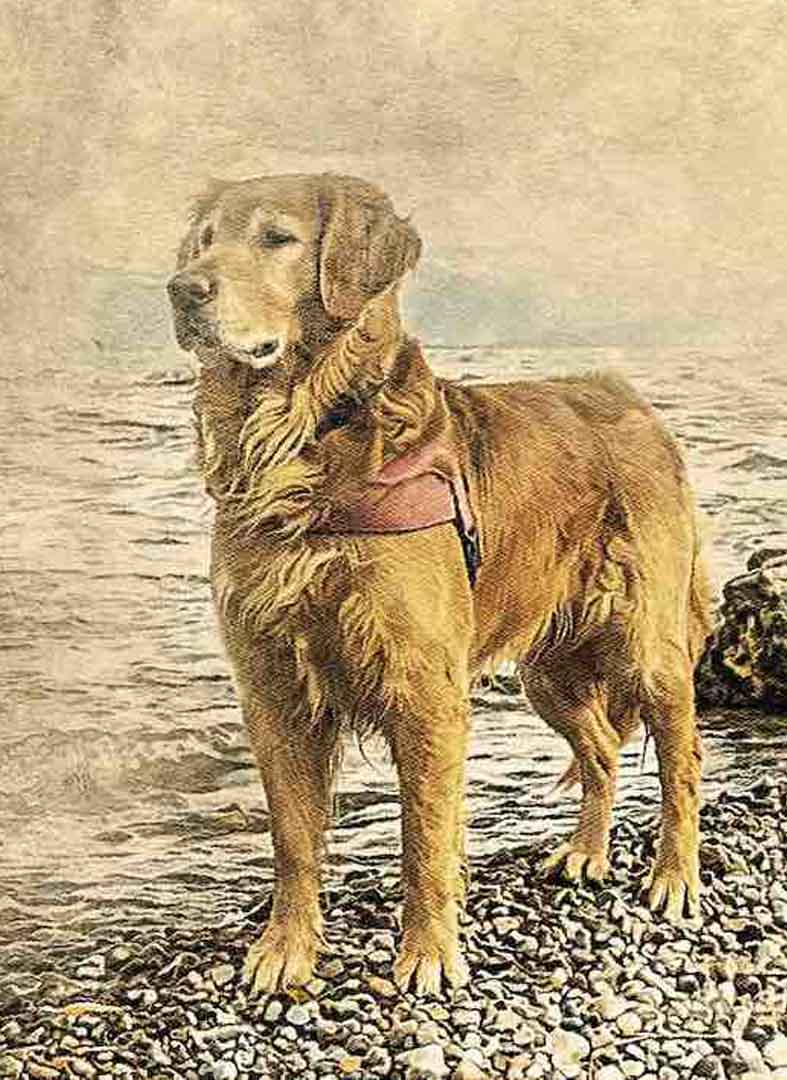
Origin & History
The origins of the Golden Retriever can be clearly traced back. This breed was bred in the last century by the 1st Lord Tweedmouth. His dog "Nous" emerged from this. It was preceded by an original breed from Newfoundland that existed around 500 years ago. Over the years, breeds such as the Tweed Water Spaniel, a black retriever, the Irish Setter and a sand-colored bloodhound were crossed.
The dogs "Belle", "Crocus", "Ada", "Cowslip" and "Primrose" were crossed for this purpose. The St. John's Dog is also an ancestor of the Golden Retriever. The Golden Retriever was first registered in the stud book in 1913 under the name Flat-coated Retriever. The Kennel Club officially recognized the breed for the first time in 1913. It was characterized by its special swimming ability and had a good size so that it could be easily transported by boat. This breed was also particularly fond of retrieving.
These characteristics were retained and even strengthened through breeding. The Golden Retriever experienced its boom at the beginning of the 1980s, when it was frequently seen in advertising and films. Today, it is one of the most popular pet dogs in Germany. The same applies to Scandinavia, Benelux and France.
